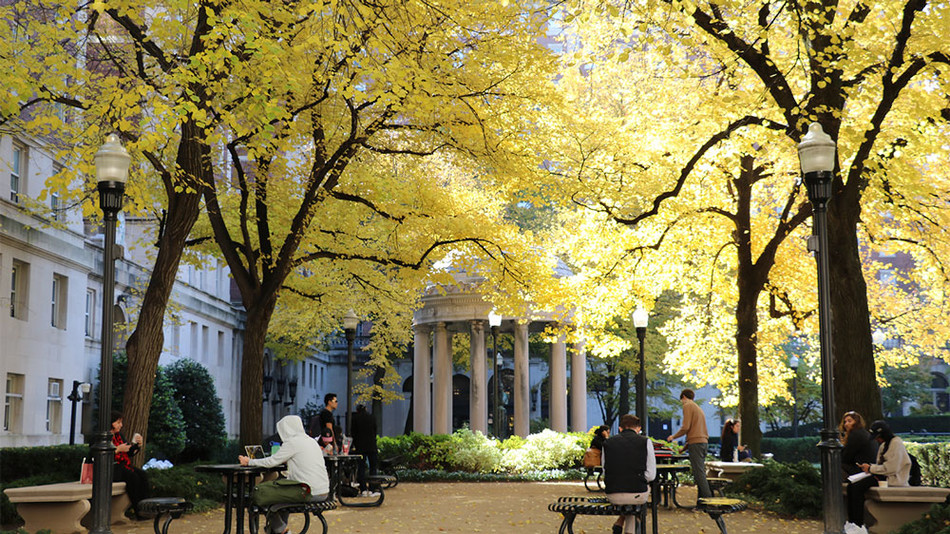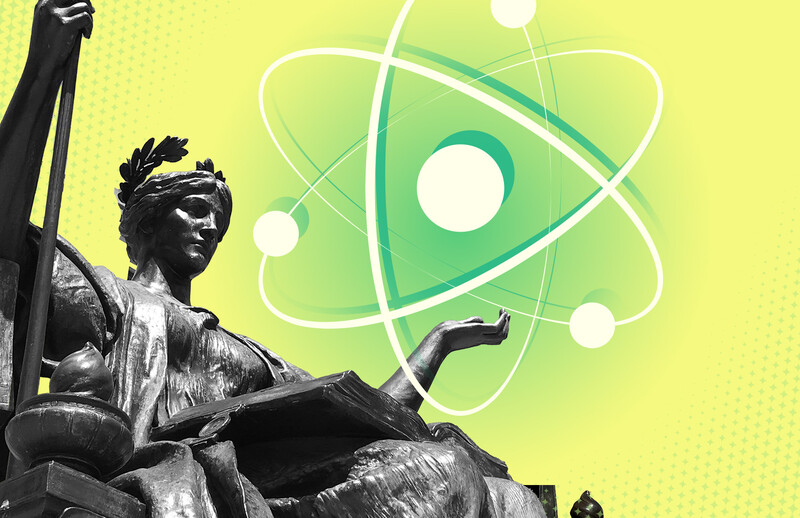Leaf peepers, take note! We may be in for some stunning colors this fall season, according to Mukund Palat Rao ’20GSAS, a Columbia postdoctoral research scientist who studies how climate affects forests and other ecosystems. Since 2020 he has monitored the Phenocam, a live camera documenting the wooded area around the Lamont-Doherty Earth Observatory in Palisades, New York. We recently spoke with Rao about this year’s local foliage outlook and how a warming planet may affect future seasons.
What causes leaves to change color?
Colder temperatures and reduced light are the two most important factors that determine when leaves stop photosynthesizing and start to die (a process known as leaf senescence), as well as the vibrancy of colors. More rain generally means better fall foliage, too.
What have you observed on the Phenocam this year?
The leaf-changing process is looking normal — not too early, not too late. It’s also been raining quite a bit. I expect we’ll see some good colors.
New York is gorgeous in autumn. When can we expect to see peak foliage in the city?
Generally, colors peak during the last week of October in the area around the Hudson Valley, where Lamont-Doherty and the Phenocam are located. Because the city is slightly warmer due to the urban heat island effect, in which pavement and buildings retain more heat than forested areas, the peak in Central Park is usually around five days to a week later. That makes the first week of November typically the most colorful time for leaves in the city.
Which trees produce the most vibrant colors?
Most trees produce yellow and orange hues in autumn, but some maple species will turn a very bright red because they have additional color pigments known as anthocyanins. These maples are abundant across the northeastern United States.
How does climate change impact fall foliage?
It affects when leaves start falling in a given year. A warmer autumn will allow trees to hold onto their leaves for a little bit longer, shortening the leaf-peeping period. In recent years, we’ve seen a general pattern of fall occurring a few days to a week later than it used to.
Warming global temperatures also increase the likelihood of both droughts and extreme rainfall. When plants do not get enough water due to drought, they become stressed and start dropping leaves early. This makes the colors more muted because the trees have not been able to produce enough sugars, which are what makes the leaves appear vibrant. However, this year we have generally seen wetter than normal weather in the Hudson Valley.



